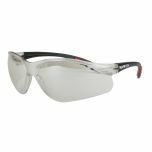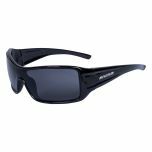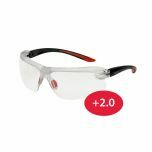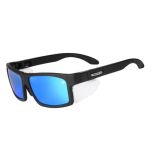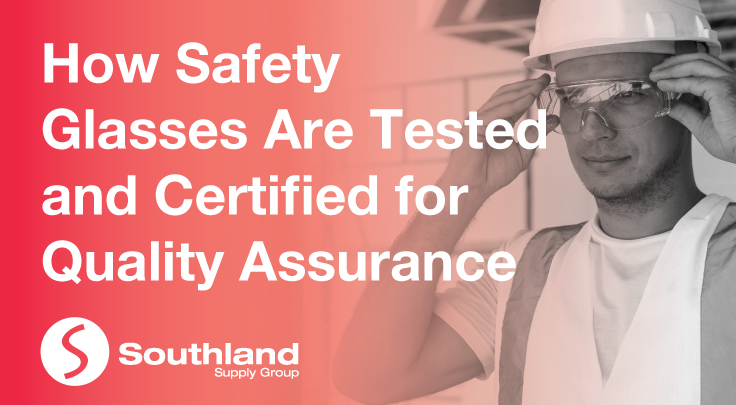
Safety glasses are a vital component of personal protective equipment (PPE) in many industries. They protect the worker’s eyes from potential hazards such as harmful chemicals, flying debris, and harmful radiation. To ensure their effectiveness in providing both clear vision and protection, safety glasses undergo rigorous testing and certification processes. In Australia, these quality assurance measures play a crucial role in ensuring the safety and well-being of workers across different sectors.
Australian Standards and Regulations for Safety Glasses
In Australia, safety glasses are subject to strict standards and regulations set by relevant authorities to ensure their quality, performance, and compliance with safety requirements. The primary standard governing safety eyewear is AS/NZS 1337:2010, which outlines the requirements for eye and face protection equipment. This standard encompasses various aspects, including optical properties, impact resistance, UV protection, and prescription requirements.
Safety Glasses Testing Procedures
The testing procedures for safety glasses are designed to evaluate their durability, optical clarity, impact resistance, and protection against hazards. Here is an overview of some key testing methods:
Optical Clarity and Distortion Test: Safety glasses should provide clear and undistorted vision. This test evaluates the lens for any optical anomalies that could impede the wearer's sight.
High-Velocity Impact Test: Safety glasses are subjected to impact tests using projectiles of varying speeds and sizes. These tests simulate potential hazards, such as flying debris, encountered in industries such as construction and manufacturing.
Chemical Splash Test: For industries involving exposure to chemicals, safety glasses undergo testing to assess their resistance to chemical splashes and fumes. This ensures workers' eyes remain protected when working with hazardous substances.
UV Protection Test: Safety glasses are tested for their ability to block harmful ultraviolet (UV) radiation, which can cause eye damage over time. This test verifies that the glasses offer sufficient UV protection.
Durability and Scratch Resistance Test: This test assesses the durability and scratch resistance of safety glasses. This ensures that the glasses maintain their integrity even after extended use in challenging environments.
Certification and Quality Assurance
Before safety glasses can be sold to the public, they must undergo a certification process to demonstrate compliance with the AS/NZS 1337:2010 standard. This process involves submitting samples to accredited testing laboratories that conduct the necessary tests according to the established protocols. If the glasses pass all the required tests, they receive the certification mark, indicating their compliance with the standard.
Ongoing Compliance
The quality assurance process does not end with certification. Manufacturers must maintain consistent quality and periodically retest their products to ensure ongoing compliance. This proactive approach ensures that the safety glasses continue to meet the required standards and offer reliable protection to workers.
The rigorous testing and certification processes that safety glasses undergo in Australia are vital to safeguarding the well-being of workers across diverse industries. These quality assurance measures ensure that safety glasses provide both unobstructed vision and effective protection against various hazards. By adhering to strict standards and regulations, manufacturers contribute to a safer work environment where employees can carry out their tasks with confidence, knowing that their eyes are shielded by high-quality, thoroughly tested safety glasses.
For a complete range of safety glasses including polarised safety glasses and magnifying safety glasses, we got you covered! Browse Southland wide range of eyewear protection online at https://www.southland.com.au/

